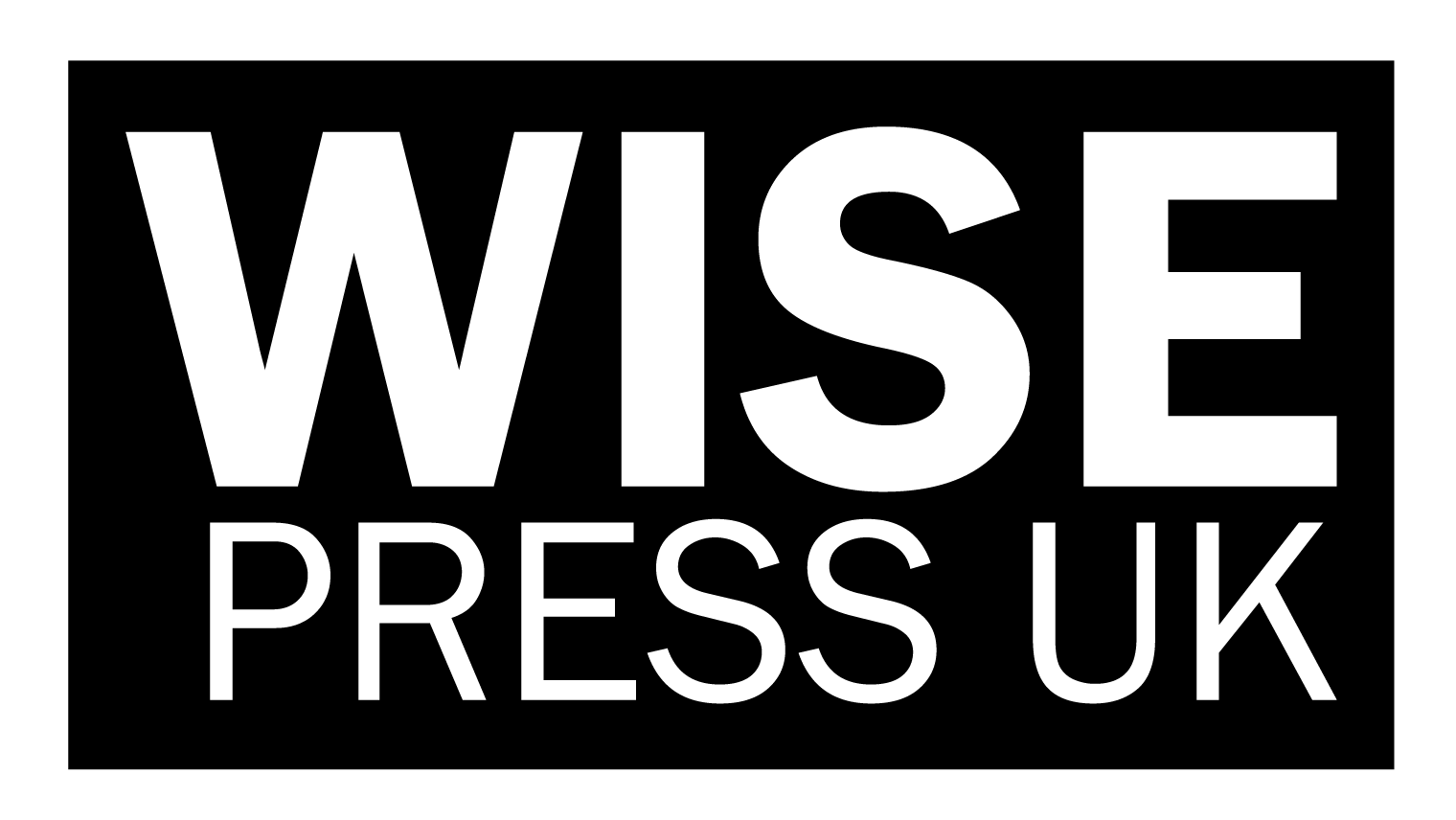Temperatures and Their Impact on Tourism Activity in Dhi Qar Governorate: An Applied Climate Study
DOI:
https://doi.org/10.61707/5y3vp151Keywords:
Thom's Index, Complete Comfort, Relative Comfort, Wind Cooling Hypothesis, Tourist ActivityAbstract
Temperatures significantly impact individuals, affecting their health and comfort. Extreme temperatures, whether high or low, can hinder a person's ability to work and engage in various activities. Consequently, people seek to minimize the negative effects of temperature on their comfort by finding places that alleviate thermal discomfort. Tourism is particularly sensitive to temperature variations, thriving during times and seasons with moderate temperatures and a comfortable atmosphere. Tourist activity tends to increase during these favorable periods, while it declines markedly during seasons with extreme temperatures. This research investigates the impact of three climatic elements on tourism activity in Dhi Qar Governorate. The study adopts Thom's temperature hypothesis and the wind cooling hypothesis by Sabul and Basel to determine the types of comfort influencing tourism in the area, utilizing climatic data from the Nasiriyah station. The analysis identifies general comfort levels, both day and night, to ascertain the optimal times and months for tourism. The findings reveal that March and November are the most comfortable and ideal months for tourism based on general temperature and humidity. April and November are considered relatively comfortable, with 10% of tourists experiencing some discomfort. When examining temperature and humidity during the day, December and February are identified as the best months for tourism, providing complete comfort. March, November, and January are found to be relatively comfortable. Additionally, the study evaluates the effect of wind on tourist comfort using general temperature and wind speed data. The wind cooling hypothesis shows that winds significantly cool the atmosphere in April and October (primary degree) and in February and November (secondary degree), making these months colder. In contrast, the negative impact of winds becomes evident during the extremely hot summer months, making the weather unsuitable for tourism.
Downloads
Published
Issue
Section
License

This work is licensed under a Creative Commons Attribution-NonCommercial-NoDerivatives 4.0 International License.
CC Attribution-NonCommercial-NoDerivatives 4.0




